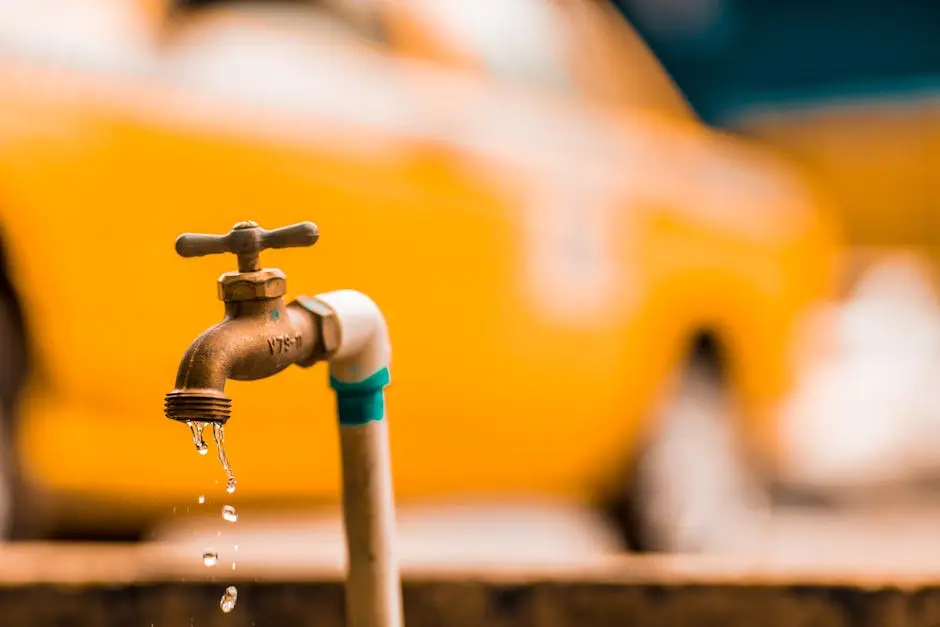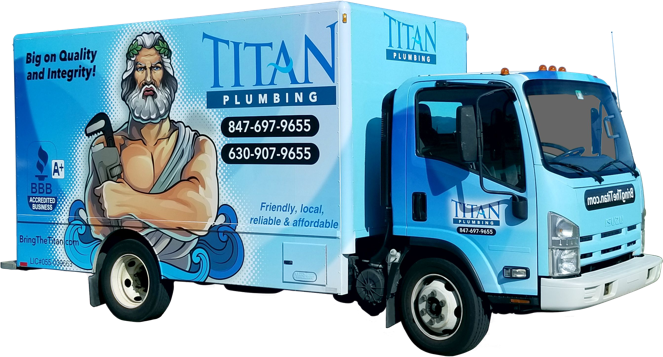12 Unexpected Causes of Pipe Bursting You Need to Know
Pipe bursting can lead to significant damage and costly repairs, often when least expected. While we may be familiar with some common causes, there are many surprising factors that contribute to this troublesome issue. In this blog, we’ll uncover some of the less obvious reasons behind pipe bursting, helping you stay informed and prepared.
1. Sudden Pressure Changes
Rapid fluctuations in water pressure can strain pipes, leading to bursts. It’s essential to maintain stable pressure levels and avoid sudden changes when using plumbing fixtures. These fluctuations often occur when multiple appliances, like washing machines and dishwashers, are used simultaneously. Ensuring that water usage is staggered and installing pressure regulators can mitigate this risk significantly. According to experts, irregular pressure can account for almost 25% of pipe failures in domestic settings.
Additionally, regular inspections can help identify potential issues before they lead to catastrophic damage. For instance, monitoring your water pressure using commercial gauges can be an effective preventive measure.
2. Tree Roots Intrusion
Tree roots naturally seek moisture and can invade pipe systems, causing blockages and bursts. In urban environments where trees grow near pipelines, this issue becomes particularly prevalent. Roots are drawn to the warmth and moisture a leaking pipe might provide, and once they break in, they expand and cause severe damage. To counteract this, homeowners should be proactive. Laying barrier materials around pipes and opting for less aggressive plant species in landscaping can safeguard against root intrusion.
Regular inspections with advanced techniques, such as video monitoring, can detect intrusion early. Professional plumbers often employ these methods to mitigate damage before it escalates into a full-blown pipe burst.
3. Corrosion and Rust
Over time, metal pipes can corrode and rust from within, weakening their structure. This often-unseen process eventually leads to pipe bursting if left unaddressed. Corrosion primarily affects older homes where galvanized steel pipes are prevalent. It begins inside the pipe where water and air interact, rapidly deteriorating the metal. To combat this, homes built before the 1970s should consider replacing outdated materials with modern, corrosion-resistant variants like PVC or copper.
For ongoing maintenance, using water softeners to minimize mineral content can extend the lifespan of existing pipes and reduce the risk of internal corrosion. Polished preventive approaches can significantly diminish corrosion impacts, preserving the integrity of your plumbing.
4. Improper Installation Techniques
Pipes installed incorrectly can be vulnerable to failure. Ensuring pipes are fitted correctly using proper techniques is crucial for their longevity and reliability. This includes employing qualified professionals who adhere strictly to plumbing codes and standards during installation. Special attention should be given to the sealing methods used at joints and connections. Failing to properly inspect the quality of materials and craftsmanship can result in costly repairs down the road.
5. Frozen Water Expansion
In colder climates, water freezing inside pipes expands, causing them to burst. Insulating pipes and maintaining warm temperatures can help avoid this situation. Frozen pipes pose a grave threat, particularly in regions subject to harsh winters. During such times, the standing water inside pipes solidifies and expands, exceeding the pipe’s capacity. Insulating your pipes using foam sleeves or heat tape is an effective way to prevent freezing.
6. Shifting Soil and Ground Movement
Natural ground movements, like settling or earthquakes, can place stress on pipes. Monitoring soil conditions around your property can help you anticipate potential issues. Additionally, it is wise to investigate the geological makeup of your area, especially if new constructions or renovations are planned. Installing flexible piping that can absorb ground motion without snapping is an excellent strategy for minimizing these environmental threats.
7. High Mineral Content
Hard water with high mineral content can build up inside pipes, causing clogs and pressure issues. Water softening treatments or regular pipe maintenance can minimize such risks. The buildup of minerals like calcium and magnesium results in deposits known as scale. These deposits narrow the pipe’s internal diameter, increasing pressure and leading to potential bursts. Regular de-scaling and integrating whole-house water softeners can substantially reduce mineral accumulation.
8. Chemical Drain Cleaners
Frequent use of chemical drain cleaners can weaken pipes and lead to corrosion. Opt for gentler, environmentally-friendly cleaning methods to preserve pipe integrity. These harsh substances, though effective in clearing clogs, alienate pipe durability by causing micropores within the pipe walls. Using enzyme-based cleaners or mechanical cleaning tools like drain snakes could offer safer alternatives, effectively maintaining both cleanliness and structural soundness.
9. Animal Interference
Rodents and other animals can chew through pipe materials, leading to leaks and bursts, making protective barriers essential for guarding your plumbing systems against these intruders. Securely enclosing pipes with metal or durable synthetic barriers discourages animal interference. Checking regularly for signs of chewing or damage, such as water stains or droppings near plumbing, ensures early detection and prompt repair.
10. Poor Quality Materials
Low-quality or subpar pipe materials are more likely to fail over time. Investing in durable, high-quality piping materials ensures better performance and reduced risk. Certainly, the longevity and robustness of your piping system significantly depend on the materials used in its construction. Thus, opting for industry-preferred materials can be a worthwhile investment, providing long-term peace of mind against unexpected bursts.
11. Water Hammer Effects
Water hammer is the shock wave that occurs when a valve shuts abruptly, potentially damaging pipes. Installing water hammer arrestors can mitigate this impact and prevent bursts. When high-speed water abruptly changes direction or stops, massive pressure waves propagate through the piping, similar to a mechanical hammering effect. Utilizing devices specifically designed to absorb shock waves is crucial in averting unexpected pipe bursts and ensuring smoother water flow throughout the system.
12. Construction or Renovation Damage
During building projects, pipes can accidentally be damaged, leading to hidden weaknesses. Regular inspections post-construction help identify such damage early. Retrospective reviews are particularly important when plumbing systems were concealed or re-routed during renovations. Implementing a thorough inspection plan inclusive of pressure testing and thermal imaging can reveal underlying vulnerabilities before they manifest into substantial issues.
Back To Blog

